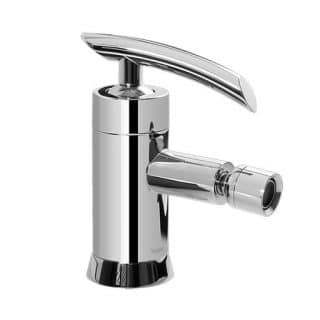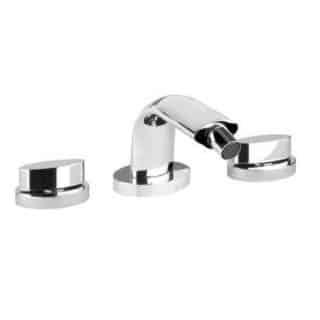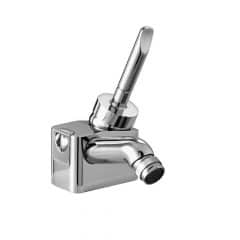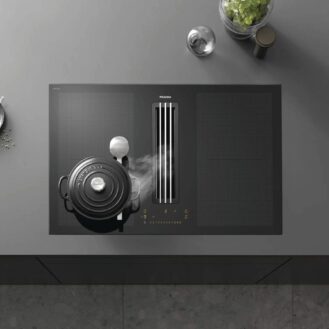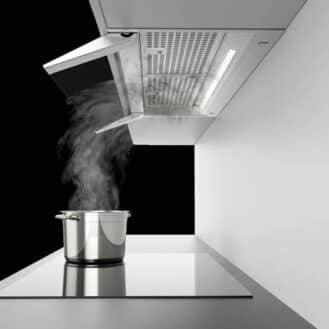After disappearing from our bathrooms for a few years, the bidet is making a comeback for its practicality, from a hygienic standpoint of course, but also for its environmentally friendly aspects.
Choosing the right bidet tap can considerably reduce the amount of toilet paper used, helping avoiding the saturation of city sewage systems and water treatment plants. It should also be noted that it also takes much more water to produce toilet paper than simply using a bidet.
Bidet taps have evolved considerably in order to best meet the hygiene needs of users today.

